Properties
| Storage Buffer | 1X PBS pH 7.4 |
| Storage Temperature | -80ºC |
| Shipping Temperature | Dry Ice. Shipping note: Product will be shipped separately from other products purchased in the same order. |
| Purification | Ion-exchange Purified |
| Cite This Product | Human Recombinant Alpha Synuclein S87N Mutant Monomers (StressMarq Biosciences | Victoria, BC CANADA | Catalog# SPR-499) |
| Certificate of Analysis | Protein certified >95% pure on SDS-PAGE & Nanodrop analysis. Low endotoxin <5 EU/mL @ 2mg/mL. |
| Other Relevant Information | For corresponding PFFs, see catalog# SPR-500 |
Biological Description
| Alternative Names | Alpha Synuclein S87N, Alpha synuclein protein, Alpha-synuclein protein, Non-A beta component of AD amyloid protein, Non-A4 component of amyloid precursor protein, NACP protein, SNCA protein, NACP protein, PARK1 protein, SYN protein, Parkinson's disease familial 1 Protein |
| Research Areas | Alzheimer's Disease, Neurodegeneration, Neuroscience, Parkinson's Disease, Synuclein, Tangles & Tau, Multiple System Atrophy |
| Accession Number | NP_000336.1 |
| Gene ID | 6622 |
| Swiss Prot | P37840-1 |
| Scientific Background |
Human alpha synuclein S87N mutant (HuS87N) has Ser87 mutated to the equivalent mouse residue Asn87, effectively making it a human-mouse chimeric protein. Despite sequence differences at only seven residues, or 5% of the total 140 amino acids, the aggregation rate of wild-type mouse α-syn (MsWT) is faster than wild-type human α-syn (HuWT) in vitro. In wild-type mouse models, MsWT fibrils are more efficient than HuWT fibrils at inducing pathology of endogenous mouse α-syn (1). A53T or S87N substitutions in human α-syn substantially accelerate fibrilization rates in vitro (2,3). Chimeric HuS87N fibrils show enhanced pathogenicity to wild-type mouse neurons, greater than HuWT, HuA53T, and MsWT fibrils (4). HuS87N fibrils can be used as a more human-like alternative to MsWT fibrils to induce equivalent or greater endogenous α-syn seeding and pathology in wild-type mice. |
| References |
1. Masuda-Suzukake et al. 2013. Prion-like Spreading of Pathological α-synuclein in Brain. Brain. https://doi.org/10.1093/brain/awt037 2. Kang, K. et al. 2011. The A53T Mutation is Key in Defining the Differences in the Aggregation Kinetics of Human and Mouse α-synuclein. JACS. https://doi.org/10.1021/ja203979j 3. Ohgita, T. et al. 2023. Intramolecular Interaction Kinetically Regulates Fibril Formation by Human and Mouse Alpha-Synuclein. Sci Rep https://doi.org/10.1038/s41598-023-38070-4 4. Luk, K., C. et al. 2016. Molecular and Biological Compatibility with Host Alpha-Synuclein Influences Fibril Pathogenicity. Cell Rep. https://doi.org/10.1016/j.celrep.2016.08.053 |
Product Images
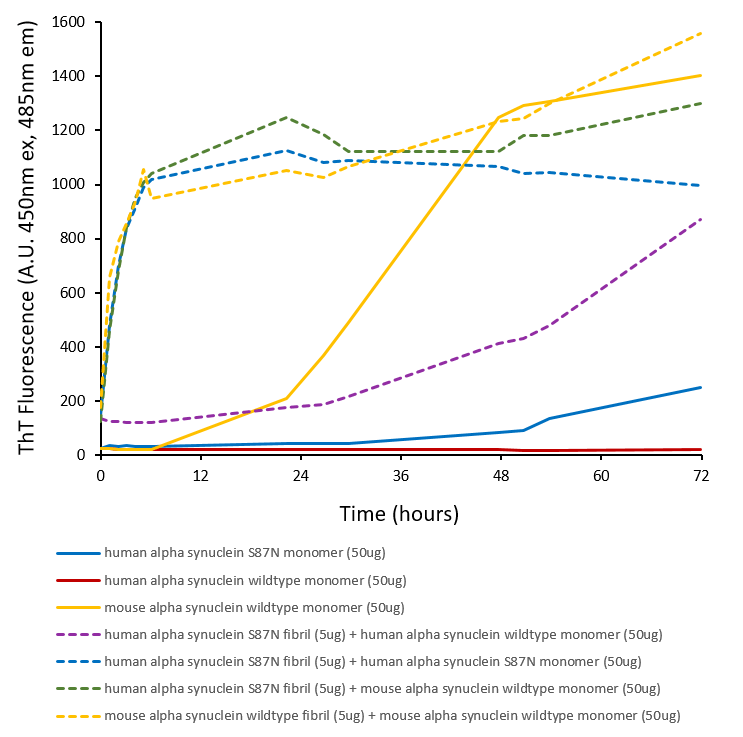
Fibril formation and seeding activity of human alpha synuclein S87N mutant measured by ThT in vitro. Human S87N mutant monomers self-aggregate faster than human wild-type monomers. Human S87N mutant pre-formed fibrils rapidly seed S87N mutant monomers and mouse wild-type monomers. Human S87N mutant fibrils also seed human wild-type monomers, although less aggressively than mouse wild-type monomers.

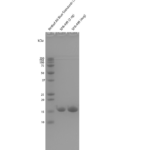
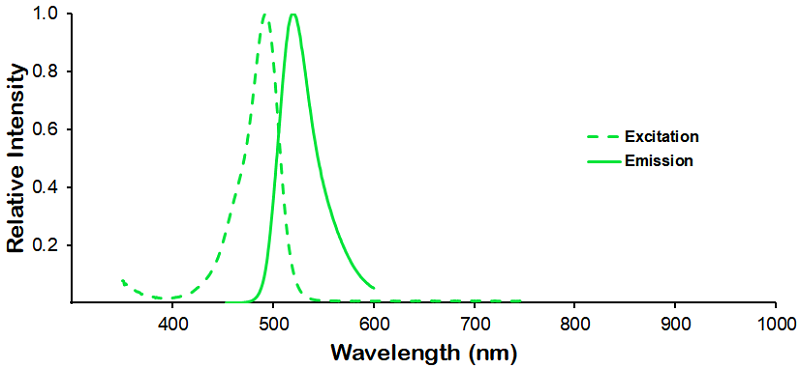
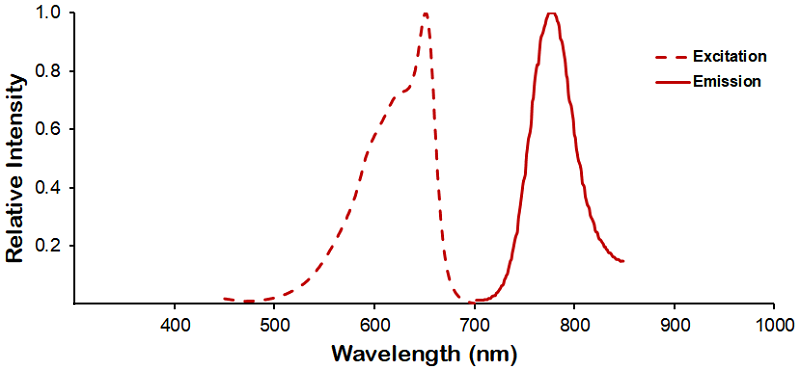
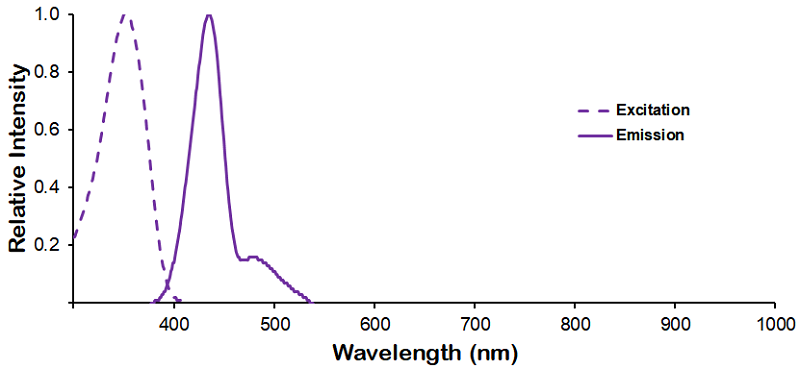
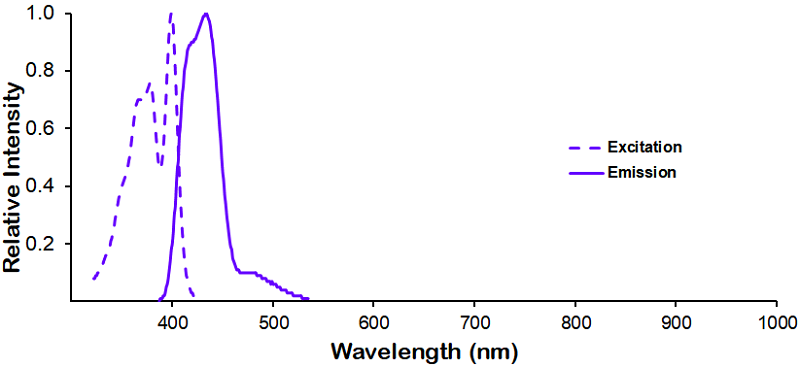
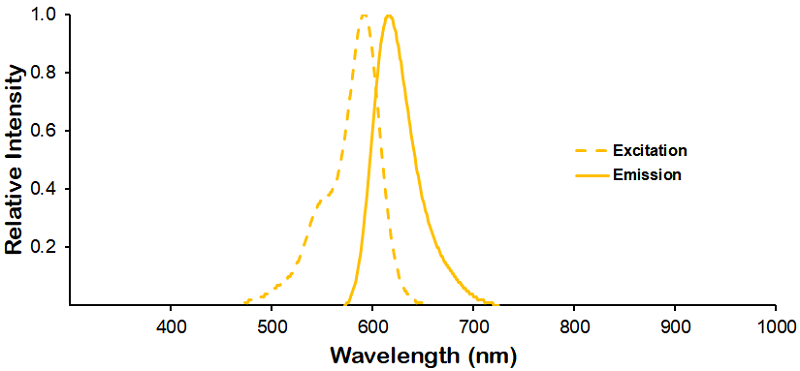
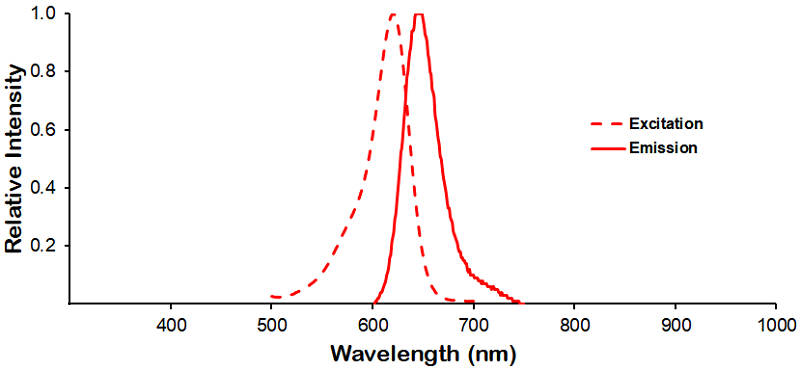
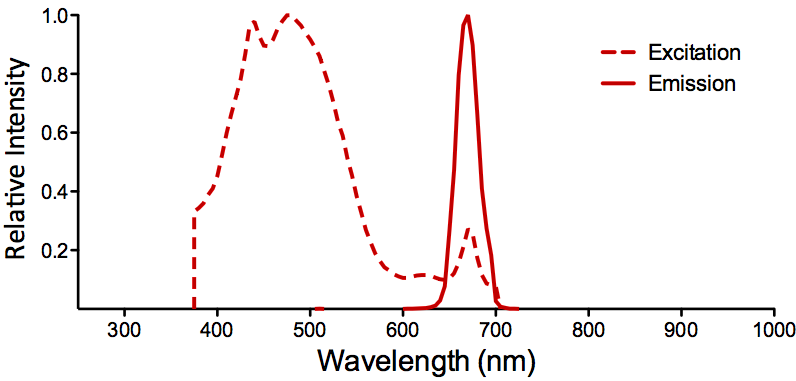
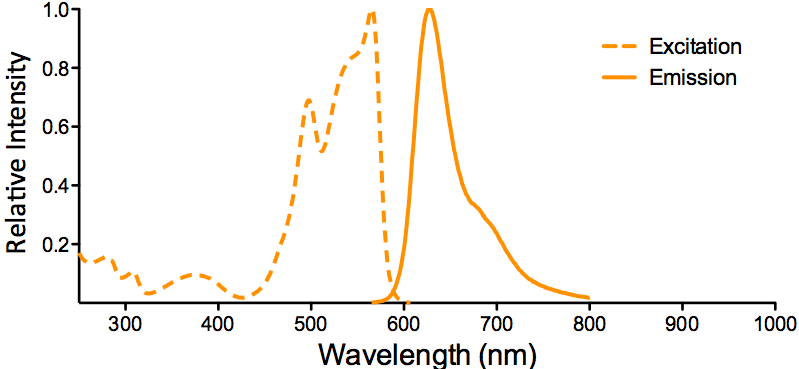
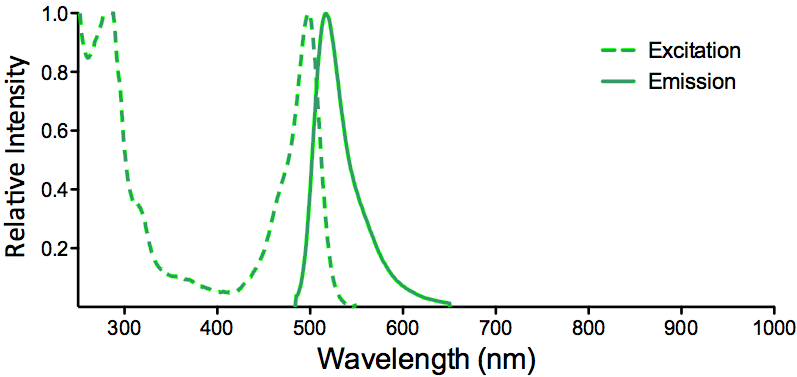

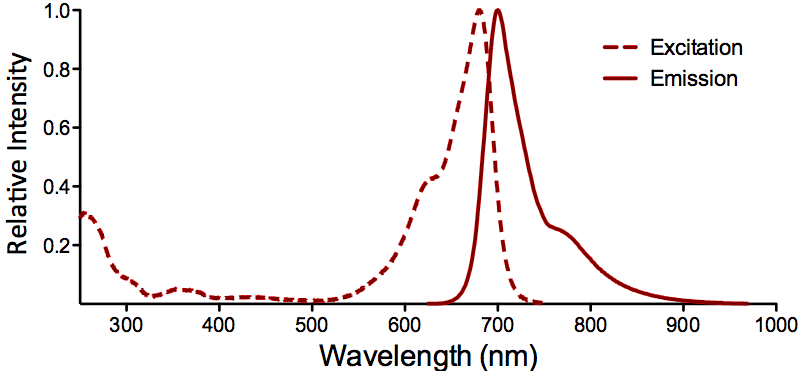
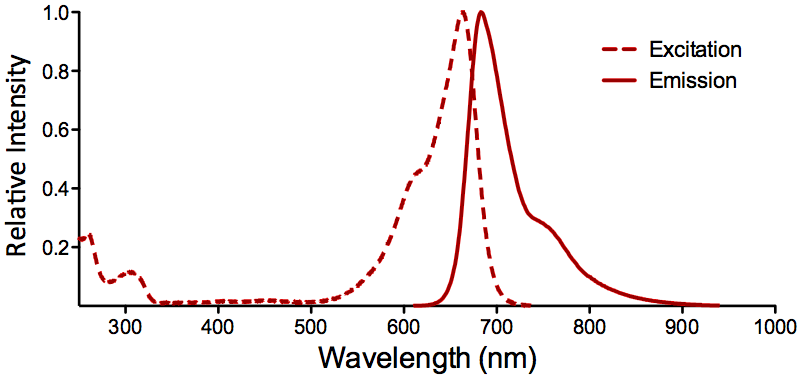
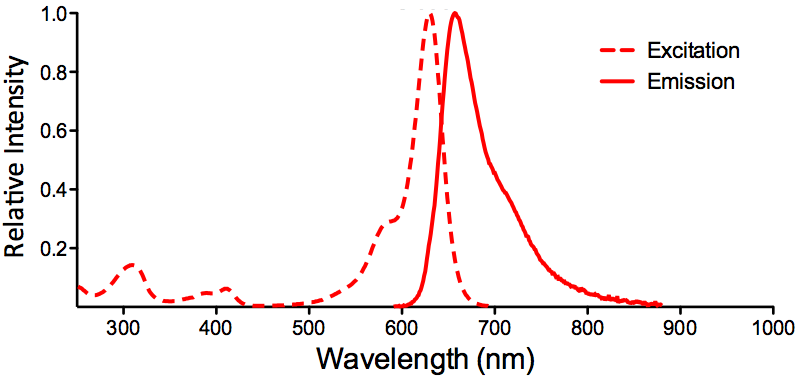
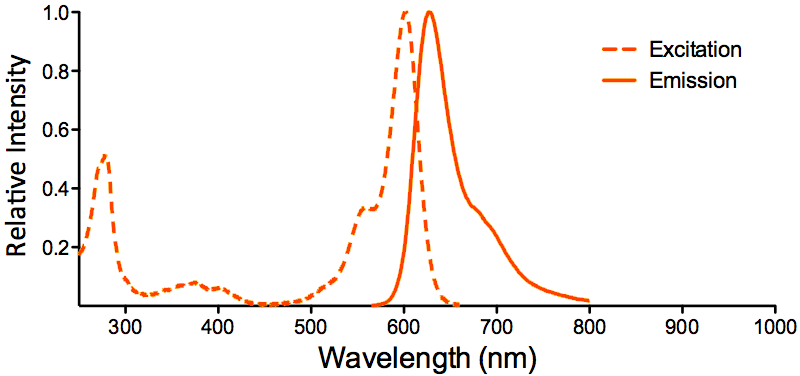
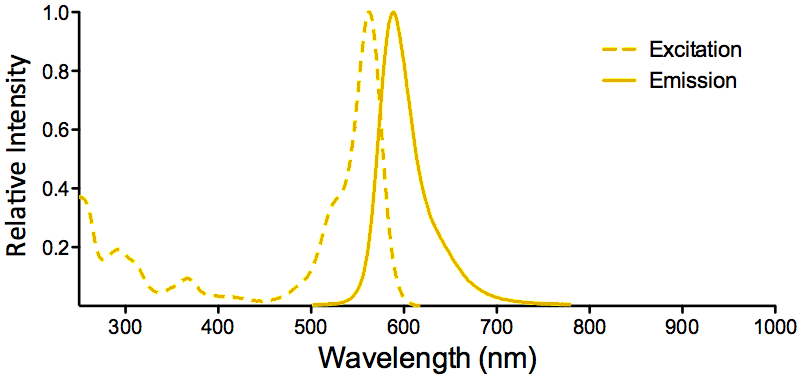
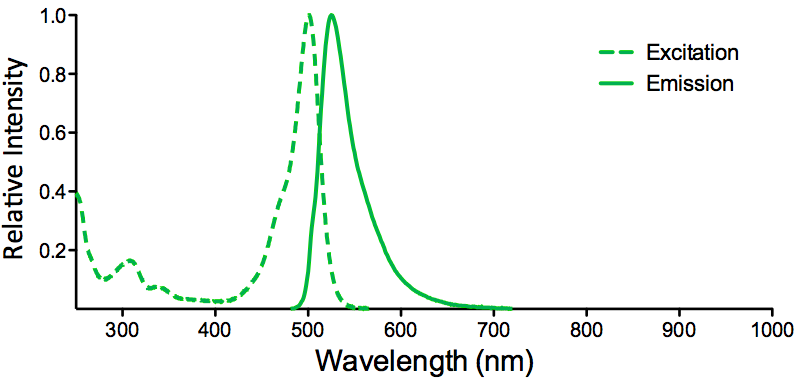
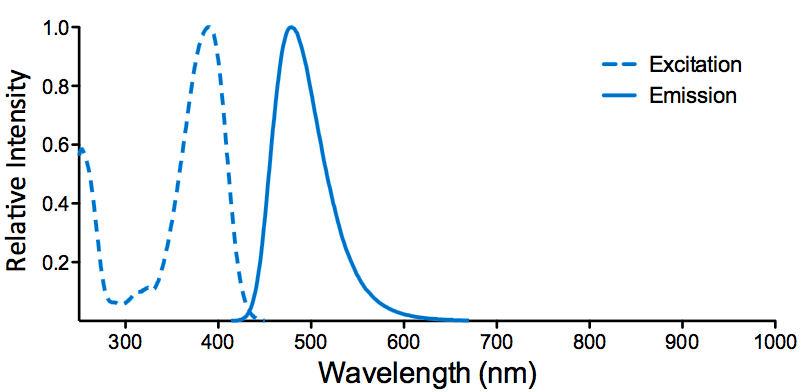

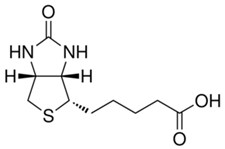

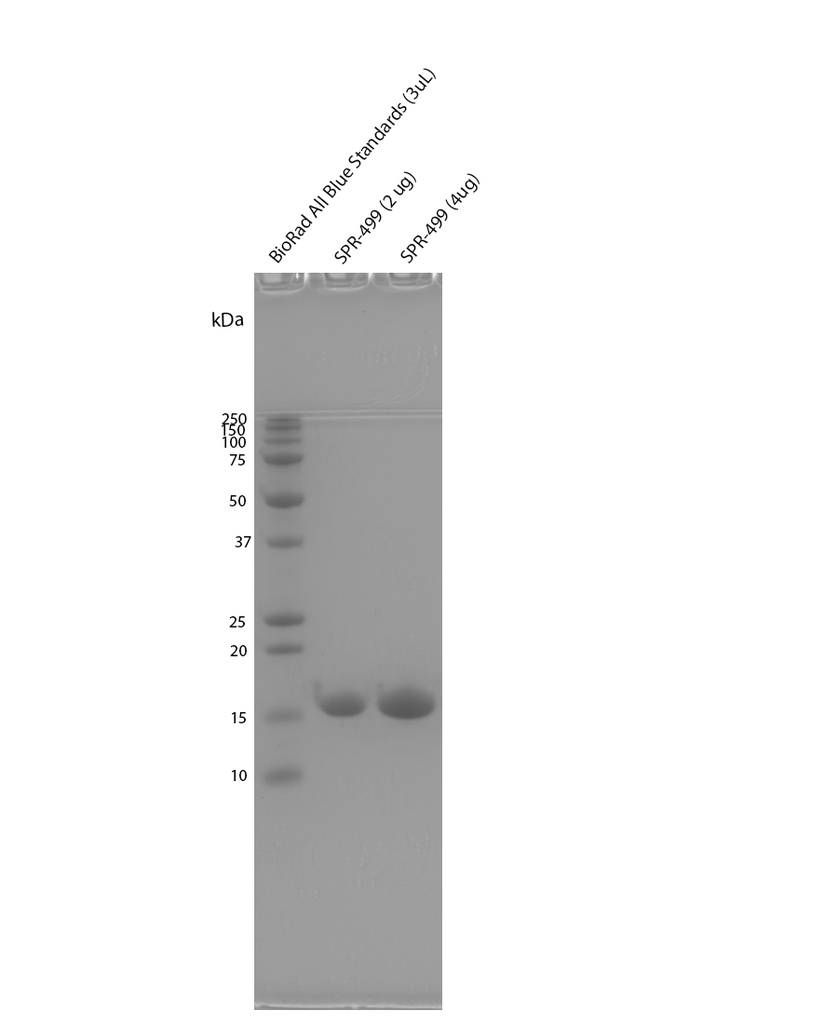
Reviews
There are no reviews yet.